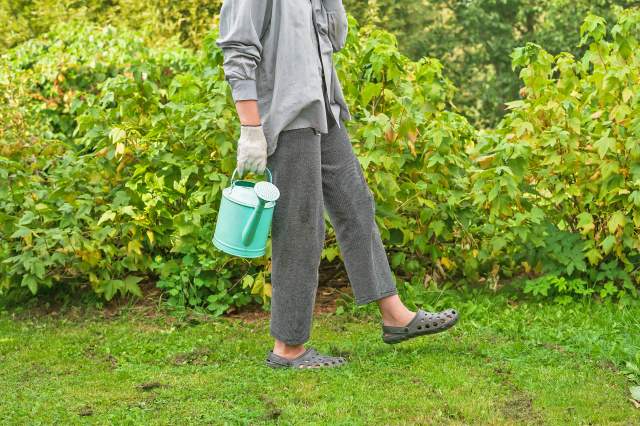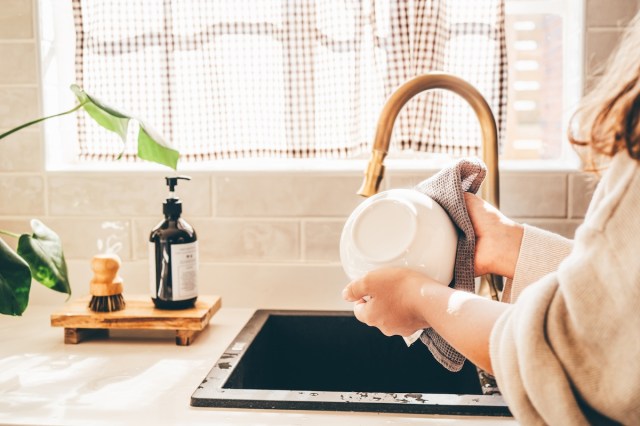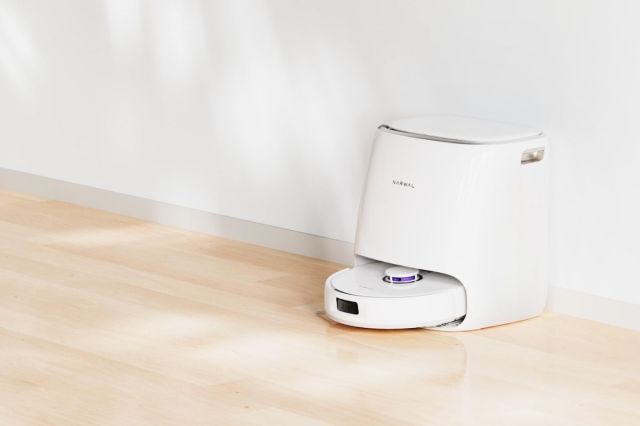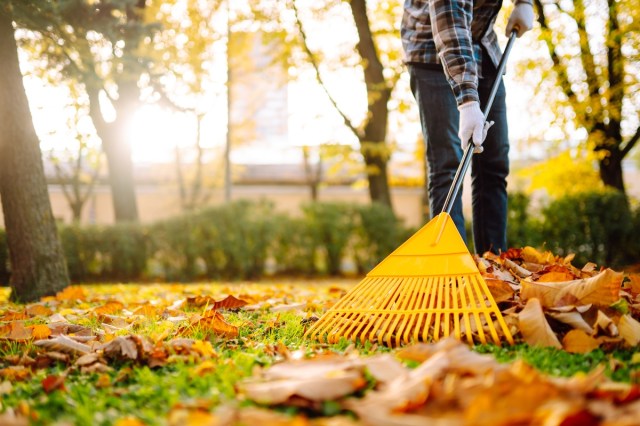Walk into any home improvement store, and you’re bound to encounter a lot of lawn-care products. Beyond grass seed, yard-care aisles are packed with lawn food, pesticides, fungus control, fertilizers, and crabgrass preventers (and more!). It can be a little overwhelming to figure out exactly what your yard needs to become soft, lush, and free of bare spots. Luckily, there’s one trick you can try before spending a Saturday morning wandering Lowe’s or Home Depot. Getting a greener yard may start with a trip to your kitchen pantry for a common baking ingredient. Here’s how to use sugar as a natural fertilizer to boost your lawn’s health and color.
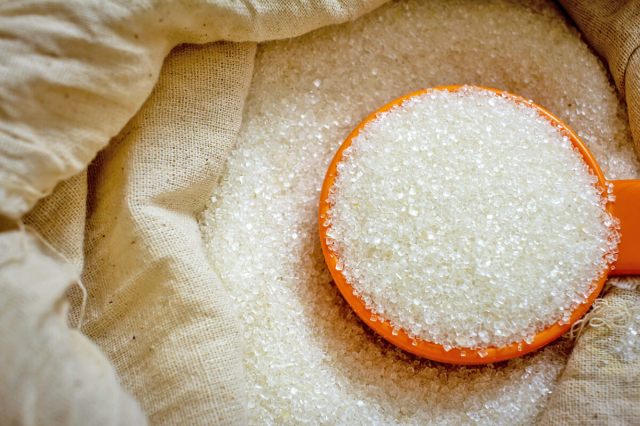
The Idea Behind Sugar’s Greening Effect
As much as humans love sugar and turn to it for an energy boost, the sweetener doesn’t have the same effect on plants. Unlike us, plants don’t have digestive systems to break down sugar and feast on its nutrients. So while it’s commonly tried, watering plants with sugar water often has disastrous results, causing plants to entirely wilt or rot at the roots. However, granulated sugar tossed on your lawn can have a different effect because the goal isn’t to feed the grass — it’s to help the microorganisms living below it. Tossing small amounts of sugar throughout your lawn can feed these small creatures, who break down the sweetener into byproducts plants can use. With these nutrients available in the soil, grass (and other plants) have a better chance at growing healthily.
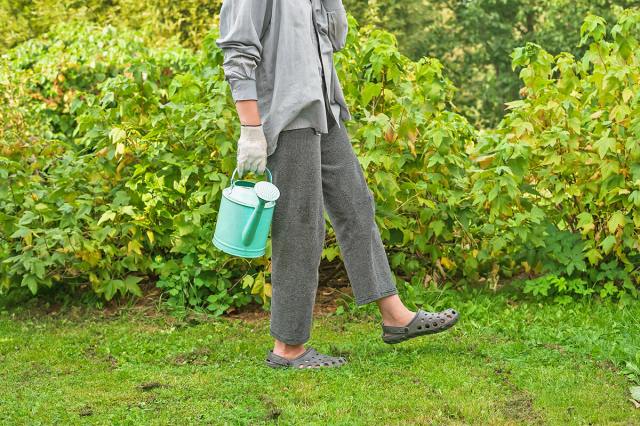
When To Use (And Not Use) Sugar On Your Lawn
If your lawn is looking a little lackluster, sugar may be able to help. While there are many reasons your grass may not be taking root — like a lack of water or compacted soil — one of the easiest starting places is providing extra nutrients. Commercial fertilizers tend to boost three building blocks of plant life: nitrogen, potassium, and phosphorus. If you’re not ready to purchase a yard fertilizer, giving your yard’s existing soil microbes a shot to create these naturally might work. The key is distributing the sugar lightly and evenly; gardening experts recommend using 1 pound of granulated white sugar to about 11 square feet of space. You can make this job easier by adding the sugar to a grass seed spreader and rolling through the grass once per month, max.
However, not every yard should get this sweet treatment. While it might boost your grass, sugar can also feed fungi that wreak havoc on your greenspace (if your yard has a fungus problem, adding this food source won’t help). And, there’s a good chance this trick may cause more problems than it solves based on where you live. A sugar-filled yard can attract insects and animals looking for food, so it’s not the best option for homeowners who are already dealing with pests or living in heavily wooded area.
Reader Favorites
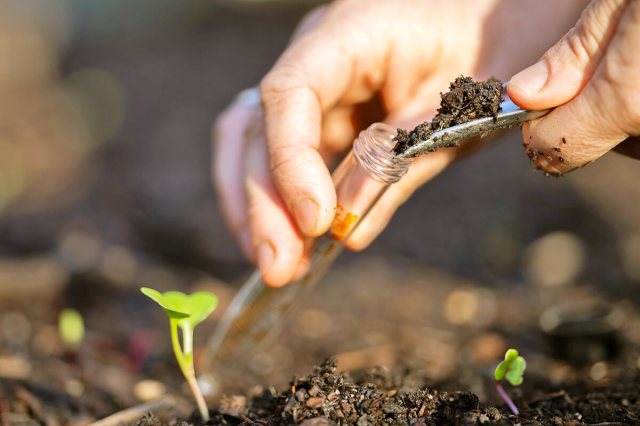
What To Do If The Sugar Trick Doesn’t Work
While sprinkling a little sugar on your lawn may help it bounce back, there’s no guarantee this trick works — after all, it’s hard to know exactly why your lawn may look poorly. However, you don’t have to stay in the dark (or inside, far from your patchy yard). Many university extension programs and private companies offer soil tests to help you hone in on your yard’s health. These tests measure pH levels, existing nutrients, and more, often for under $20 each — which can be far cheaper than you’ll spend on random grass treatments. Plus, soil tests come with the perk of expert guidance on understanding your results and using them to cultivate the best yard yet.
More From Our Network
Better Report is part of Inbox Studio, which publishes content that uplifts, informs, and inspires.
